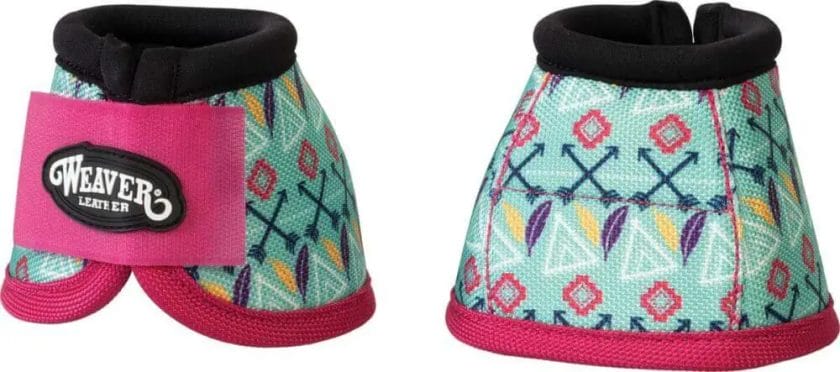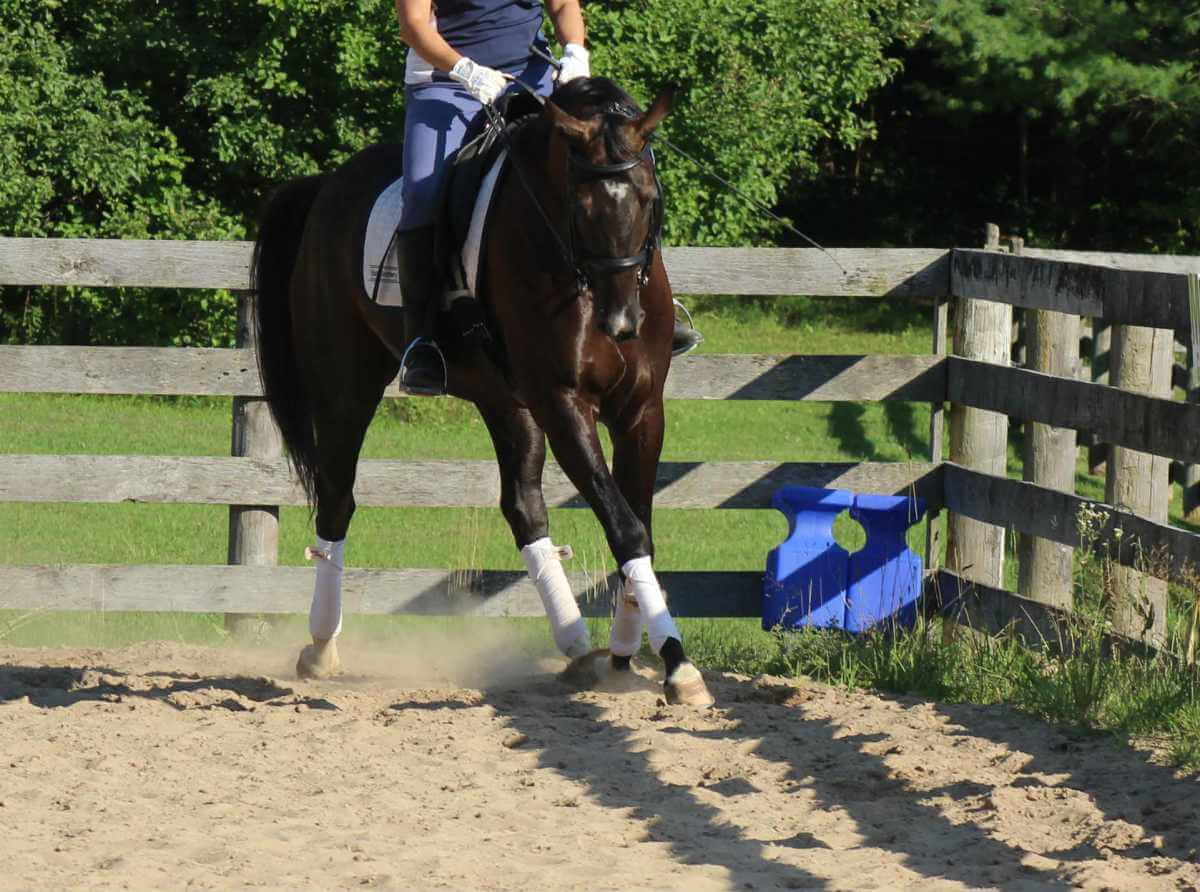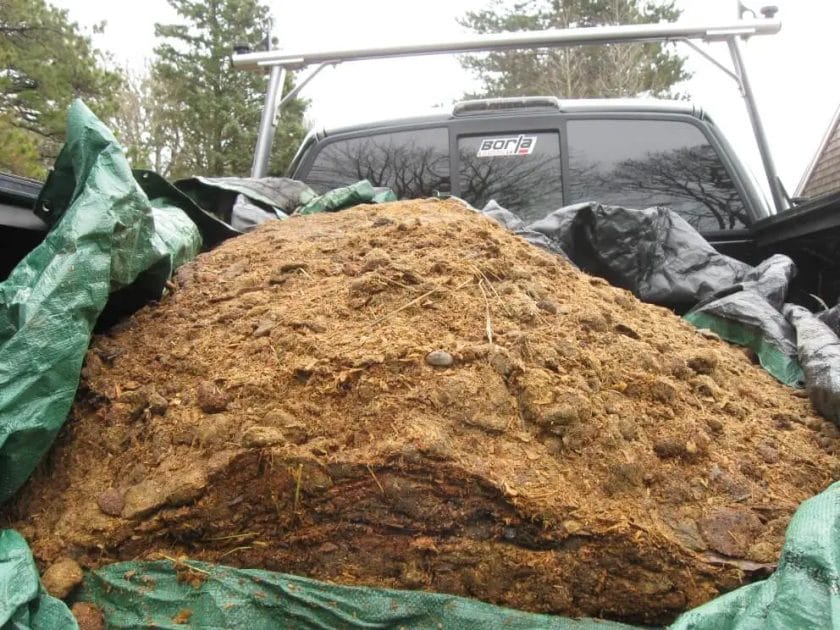If you’re a horse rider or enthusiast, knowing how to turn a horse is an essential skill. Turning a horse effectively requires clear communication, balance, and finesse. In this guide, we’ll explore different methods and techniques to help you navigate your equine partner with ease and precision. Whether you’re a beginner or experienced rider, mastering the art of turning your horse will enhance your overall riding experience and improve your partnership with your four-legged friend.

Perfecting the Pivot: Tips for Executing a Smooth Horse Turn
When it comes to horse riding, mastering the art of the pivot is essential. The horse turn, also known as a horse spin or horse pirouette, is a maneuver that requires finesse, balance, and coordination. In this section, we will explore some valuable tips and techniques to help you execute a smooth horse turn.
1. Establish a Solid Foundation
Before attempting a horse turn, it is important to ensure that you and your horse have a solid foundation in basic riding skills. Make sure your horse responds well to cues such as leg pressure and rein aids. Practice fundamental movements such as circles, transitions, and lateral work to establish a strong connection with your horse.
2. Master the Half Halt
The half halt is a vital aid in preparing your horse for a successful pivot. It is a combination of subtle rein and leg aids that ask the horse to rebalance and engage their hind end. Practice the half halt in various gaits and situations to improve your timing and effectiveness.
3. Engage the Hindquarters
A successful horse turn relies heavily on the engagement of your horse’s hindquarters. Use your seat, legs, and half halts to encourage your horse to step underneath themselves and engage their hind end. This will create the necessary impulsion and power for a smooth pivot.
4. Maintain Balance and Collection
During a horse turn, it is crucial to maintain balance and collection. Keep your weight centered and your body aligned with your horse’s movement. Use subtle aids to ask your horse to collect their frame and maintain a balanced, round shape. This will ensure an elegant and controlled pivot.
5. Practice Transitions
Transitions are a valuable exercise to improve your horse’s responsiveness and balance. Practice smooth and precise transitions between gaits within the horse turn. This will help develop your horse’s adjustability and overall suppleness.
6. Use Your Eyes and Focus
Where you look and how you focus can greatly influence the success of your horse turn. Look in the direction you want to pivot and maintain your focus on a specific point. This will help guide your horse and keep their attention on the desired path.
7. Gradually Increase Difficulty
When practicing horse turns, start with a smaller pivot and gradually increase the difficulty. This allows both you and your horse to build confidence and strength. As you progress, you can work on tighter turns and maintaining balance and impulsion throughout the maneuver.
8. Seek Professional Guidance
Working with a professional trainer or instructor can greatly accelerate your progress in perfecting the horse turn. They can provide valuable feedback, correct any issues, and guide you through the process of refining your technique.
In summary, executing a smooth horse turn requires a combination of skill, practice, and communication with your horse. By establishing a solid foundation, mastering the half halt, engaging the hindquarters, maintaining balance and collection, practicing transitions, using your eyes and focus, gradually increasing difficulty, and seeking professional guidance, you can perfect your pivot and showcase a graceful and controlled horse turn.

Understanding Rein Aids: How to Use Them Effectively for Horse Turning
In the world of horse riding, effective communication between the rider and the horse is key. One of the essential tools that riders use to communicate with their horses is rein aids. Rein aids are the subtle cues given through the reins to guide the horse’s movements and facilitate turns. In this section, we will delve into the different types of rein aids and how to use them effectively for horse turning.
1. Direct Rein Aids
The direct rein aids, also known as one-rein stops or leading rein aids, are used to turn the horse’s head and neck in the desired direction. To perform a direct rein aid for a turn to the right, the rider will shorten and lift the right rein slightly while applying gentle pressure towards the horse’s neck. This action prompts the horse to yield to the pressure and turn accordingly.
It is important to note that direct rein aids are more effective at slower speeds. When performing a direct rein aid at faster gaits, such as a canter or gallop, it is crucial to combine it with other rein aids for better control.
2. Indirect Rein Aids
Indirect rein aids, also known as neck rein aids, are used to cue the horse to turn without directly pulling on the opposite rein. The rider will use a slight inward pressure on the rein opposite to the desired direction of turn, applying pressure against the horse’s neck. This pressure encourages the horse to move its shoulders away from the pressure and initiate the turn.
Indirect rein aids are particularly useful for more advanced maneuvers, such as lateral movements or flying lead changes. They allow the rider to maintain proper balance and control while executing complex turns.
3. Half-Halt Rein Aids
Half-halt rein aids are essential for maintaining balance and rhythm while turning. The half-halt is a brief, momentary action that engages the horse’s hindquarters and rebalances its weight onto the hind end. This aids in smoother and more controlled turns.
To perform a half-halt rein aid, the rider will apply a gentle, steady pressure on both reins, momentarily closing the fingers and maintaining contact with the horse’s mouth. The half-halt can be used before or during a turn to adjust the horse’s speed, balance, and impulsion.
4. Combination Rein Aids
Often, a combination of rein aids is necessary for more precise and effective turning. Riders may use direct rein aids, followed by indirect rein aids, or vice versa, to communicate their desired turn to the horse. The combination of rein aids provides clearer and more nuanced cues to the horse, enhancing communication and responsiveness.
5. Practice and Consistency
Using rein aids effectively for horse turning requires practice and consistency. Riders must develop a subtle and nuanced touch, using their reins in harmony with their seat and leg aids. Consistent reinforcement of the aids helps the horse understand and respond to the cues more readily.
It is important to remember that each horse is unique and may respond differently to rein aids. It is essential to understand your horse’s individual preferences and sensitivities when applying rein aids for turning.
Summary
Rein aids are integral to effective communication between horse and rider, particularly when it comes to turning. Direct rein aids are used to turn the horse’s head and neck in the desired direction, while indirect rein aids cue the horse to turn without directly pulling on the opposite rein. Half-halt rein aids maintain balance and rhythm, and combination rein aids provide clearer and more nuanced cues. Through practice, consistency, and understanding your horse’s individual responses, you can use rein aids effectively for horse turning.

Overcoming Challenges: Troubleshooting Common Issues when Turning a Horse
Turning is a fundamental maneuver when riding a horse, whether you are in an arena or out on a trail. However, it can sometimes be challenging to execute a smooth and controlled turn. In this section, we will discuss some common issues that riders face when turning their horses and provide troubleshooting tips to overcome these challenges.
1. Lack of Responsiveness
One common issue that riders encounter when turning their horses is a lack of responsiveness. Your horse may seem reluctant to turn or may ignore your cues altogether. This can be frustrating and hinder your ability to navigate turns effectively. Here are a few troubleshooting tips:
- Ensure proper communication: Make sure you are using clear and consistent cues to signal your horse to turn. Use your reins, leg aids, and body positioning to communicate your intention.
- Check for physical discomfort: If your horse is experiencing any pain or discomfort, such as a sore back or an ill-fitting saddle, they may be less responsive to your cues. Regularly check and address any potential physical issues.
- Improve engagement and responsiveness through training: Work on exercises that enhance your horse’s responsiveness, such as lateral movements, circles, and transitions. Consistent training can improve their overall responsiveness to your cues.
2. Oversteering
Oversteering is another common challenge when turning a horse. It occurs when the horse turns too sharply or overreacts to the rider’s cues. This can result in a loss of balance and control. To troubleshoot oversteering, consider these tips:
- Refine your aids: Ensure that you are giving clear and precise cues to your horse. Avoid excessive rein pressure or leg aids that may cause the horse to overreact. Practice refining your aids to achieve a more balanced and controlled turn.
- Develop your horse’s balance: Oversteering can be a sign of a lack of balance. Work on exercises that improve your horse’s balance, such as transitions and suppling exercises. This will help them maintain their equilibrium during turns.
- Practice gradual turns: Instead of making sharp turns, focus on gradually bending your horse’s body through the turn. This will help them maintain balance and prevent oversteering.
3. Falling in or Falling out
Falling in or falling out during turns can be a common issue, especially for less experienced horses or riders. Falling in refers to the horse drifting inward towards the center of the circle, while falling out refers to the horse drifting outward. Here are some troubleshooting tips for these issues:
- Use proper outside aids: Use your outside rein and leg to maintain control and prevent your horse from falling in or out. Apply gentle pressure to guide your horse and keep them on the desired path.
- Strengthen your horse’s outside muscles: Falling in or out can be a result of weakness in your horse’s outside muscles. Incorporate exercises that target these muscles, such as leg-yields and shoulder-in, to improve their strength and stability.
- Practice circles and figure eights: Regularly practicing circles and figure eights can help improve your horse’s balance and coordination during turns. Start with larger circles and gradually decrease the size to challenge your horse.
4. Rushing or Stumbling
Rushing through turns or stumbling can be dangerous for both the rider and the horse. It can indicate a lack of balance or coordination. Here are some troubleshooting tips to address these issues:
- Establish a steady rhythm: Focus on maintaining a steady rhythm throughout the turn. This will help your horse maintain their balance and prevent rushing or stumbling.
- Improve hind end engagement: Rushing or stumbling can be a result of a lack of engagement from your horse’s hind end. Incorporate exercises that activate their hindquarters, such as transitions and collection work.
- Check footing and environment: Ensure that the footing is suitable for turning, especially when riding in unfamiliar areas. Uneven or slippery surfaces can increase the risk of stumbling.
In summary, turning a horse can present various challenges, but with proper troubleshooting and consistent training, you can overcome these issues. Remember to communicate effectively with your horse, refine your aids, and work on improving balance and coordination. By addressing these common issues, you can navigate turns with confidence and precision.
Advanced Maneuvers: Taking Horse Turning to the Next Level
In this section, we will explore advanced maneuvers that can help you take your horse turning skills to the next level. These maneuvers require precision, control, and a deep understanding of your horse’s movement and cues.
1. The Spin
The spin is a classic maneuver that involves your horse pivoting on its hindquarters and moving its front end in a tight circle. This maneuver requires a high level of collection and can be executed in both directions.
To initiate the spin, start by asking your horse to flex its neck slightly to the inside and shift its weight onto the inside hind leg. Apply your outside leg behind the girth and use your inside rein to ask for the bend and flexion. As your horse responds, increase the pressure with your outside leg and use your inside leg to maintain impulsion.
Once your horse starts moving its front end, maintain a steady rhythm and balance by using your seat and legs to support the movement. Keep your outside rein steady to prevent your horse from falling out of balance. Practice this maneuver in both directions to develop evenness and suppleness.
2. The Rollback
The rollback is a maneuver commonly used in reining and cow horse competitions. It involves a quick and controlled reversal of direction after completing a sliding stop or a fast spin.
To perform a rollback, start by establishing a strong stop or a spin. As your horse comes to a halt or completes the spin, shift your weight to the outside and ask for a pivot on the hindquarters by applying pressure with your inside leg behind the girth. Use your inside rein as a guiding aid to cue the direction of the rollback.
As your horse pivots, maintain a balanced position and ensure that your cues are clear and precise. Once your horse completes the pivot, ask for a quick departure in the new direction using your seat and legs to encourage impulsion.
3. The Sidepass
The sidepass is a lateral movement in which your horse moves sideways while maintaining forward motion. It is a useful maneuver for navigating tight spaces or obstacles.
To execute a sidepass, position your horse parallel to the desired direction of movement. Apply pressure with your inside leg at the girth and use your inside rein to maintain bending and flexion. Use your outside leg slightly behind the girth to ask your horse to step sideways.
As your horse moves sideways, maintain an even rhythm and balance. Use your seat and legs to support the movement and keep the horse engaged. It is important to be consistent with your cues and maintain a light contact with the reins.
4. The Half-Pass
The half-pass is a more advanced lateral movement that involves your horse moving diagonally sideways while maintaining forward motion. This maneuver requires balance, suppleness, and engagement.
To perform a half-pass, establish a working trot or canter. Apply pressure with your outside leg behind the girth to ask your horse to move diagonally towards the inside. Use your inside leg and rein to maintain impulsion and control the bend and flexion.
As your horse moves diagonally, maintain a consistent rhythm and balance. Keep your outside rein steady to prevent the horse from falling out of alignment. Use your seat and legs to support the movement and encourage engagement.
Summary
By mastering the advanced maneuvers of the spin, rollback, sidepass, and half-pass, you can take your horse turning skills to new heights. These maneuvers require finesse, precision, and clear communication between you and your horse. Practice them regularly with patience and consistency to enhance your horsemanship and elevate your riding abilities.
FAQs
How do you turn a horse?
To turn a horse, you can use your reins and leg aids. Apply pressure to the rein on the side you want to turn while using your opposite leg to push the horse’s body in the desired direction. Practice and consistency in your aids will help the horse understand and respond to your cues.
What are the basic cues for turning a horse?
The basic cues for turning a horse include using your reins and leg aids. Use the direct rein on the side you want the horse to turn, while applying pressure with your opposite leg behind the girth. Your seat and body position can also influence the horse’s direction.
How can I improve my horse’s turning ability?
You can improve your horse’s turning ability through consistent training and practice. Focus on refining your cues and aids, ensuring clear and consistent communication with your horse. Develop your horse’s responsiveness to your aids through exercises such as circles, lateral work, and transitions.
Conclusion
In conclusion, learning how to turn a horse is a fundamental skill for any rider, whether you are a beginner or an experienced equestrian. By understanding the proper techniques and implementing them effectively, you can navigate your horse with ease and precision.
Remember to start by establishing clear communication and trust with your horse. Use your aids, such as your hands, legs, and body position, to guide your horse’s movement and direct them towards the desired direction. Practice consistent and smooth cues, focusing on using gentle pressure rather than forceful pulling or kicking.
Consistency, practice, and patience are key in perfecting the art of turning a horse. With time and dedication, you will develop the skills to confidently execute turns, enhancing your overall riding experience and partnership with your equine companion.

